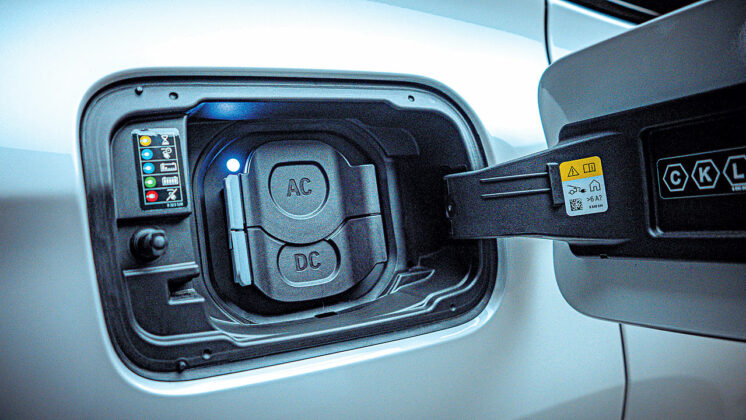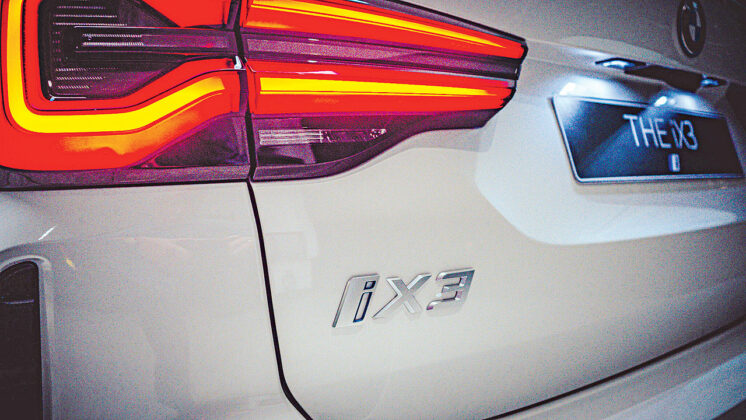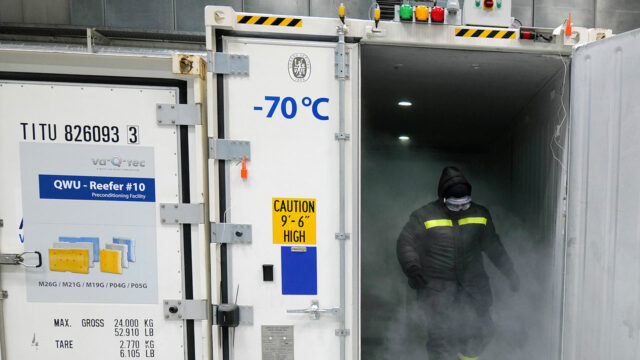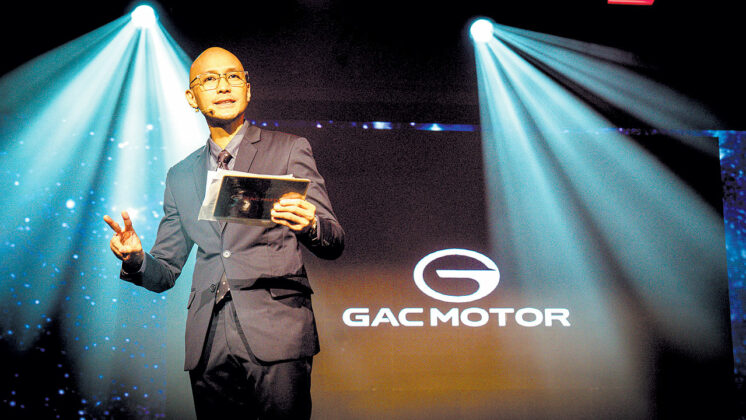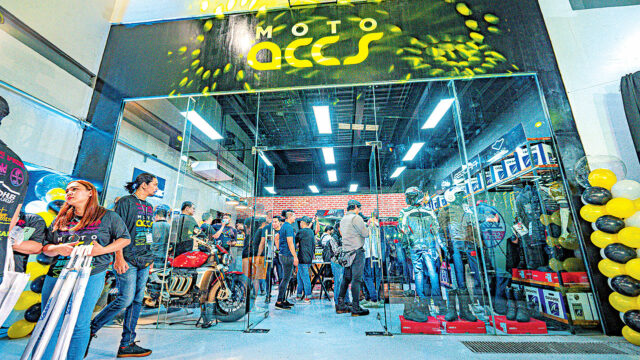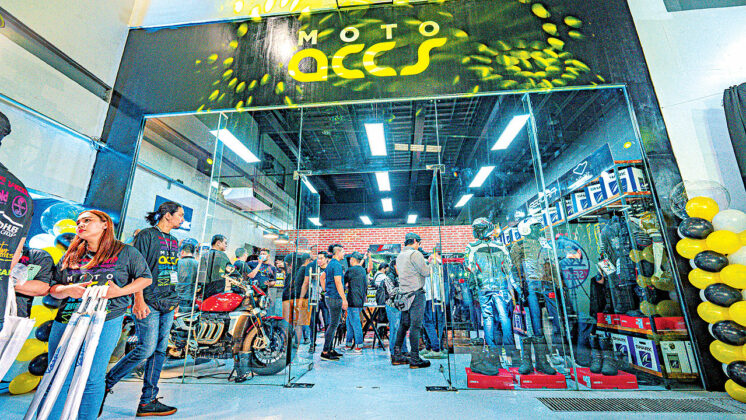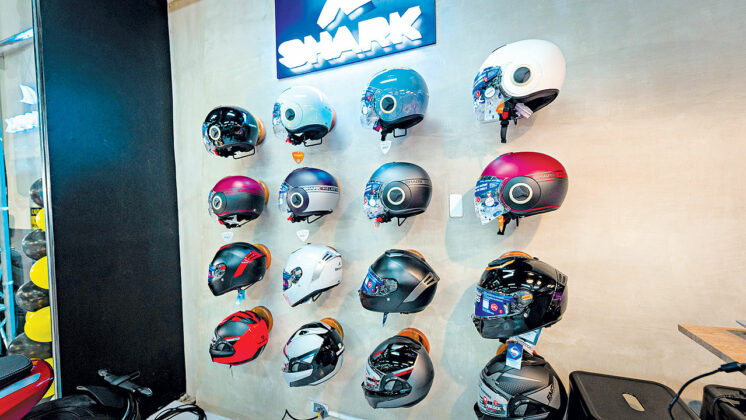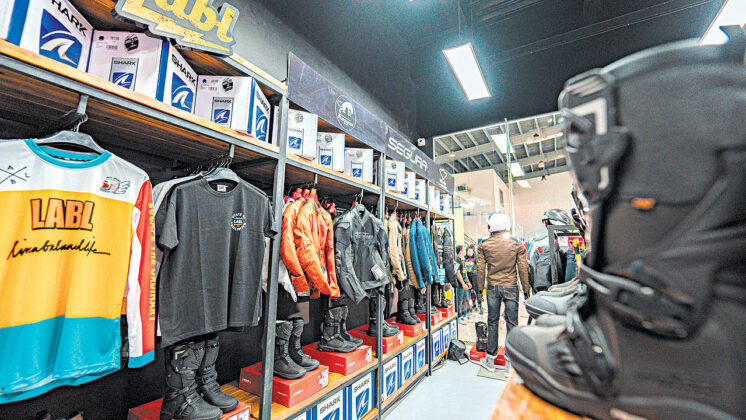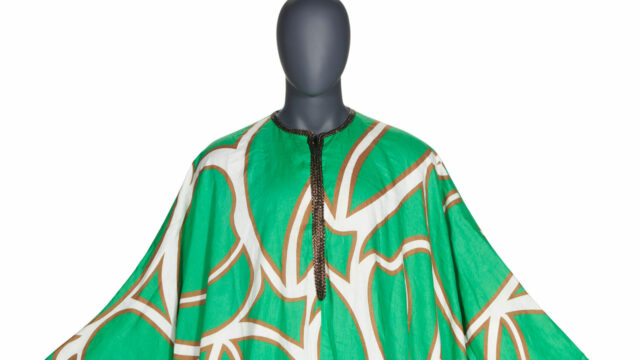El-X3-city
Another all-electric option joins the BMW fold
TIMING can be everything. For BMW Philippines and the all-electric iX3, it has been nothing short of truly serendipitous.
Barely two weeks after President Marcos released Executive Order No. 12, approving “zero tariff on electric vehicles to encourage consumers to use ‘cleaner and greener’ cars” as reported by Kyle Aristophere T. Atienza in a recent BusinessWorld article, Local BMW distributor and service provider SMC Asia Car Distributors Corp. took the wraps off this BMW Sports Activity Vehicle (SAV, its nomenclature for the SUV).
The tariff relief is expected to boost the local electric vehicle market and encourage a shift to emerging technologies, according to the order. This specifically cut the iX3 price by a hefty P700,000 — to P4.59 million — certainly very reasonably by EV (and premium) standards.
BMW Philippines President Spencer Yu said ahead of the unveiling last week that the iX3 will complement the previously launched iX in the Munich-headquartered brand’s electric lineup, and is “the first in a series of BEVs (the company will) be introducing this year. This is part of our continued promise to bring more electrification in a more modern package to the Philippine motoring public,” he declared.
The BMW iX3 is essentially the X3 that many motorists are familiar with — except that it swaps an electric motor for the more familiar internal combustion engine. It is the first BMW to be offered in four drivetrains — a diesel, plug-in electric vehicle, gas, and the iX3. This unrivalled flexibility in platform helps to make the iX3 both familiar and fresh.
“The iX3 is a very compelling option to a lot of first-time buyers,” continued Mr. Yu, and said that it makes EV motoring closer to the general public… It will feel, behave, and drive like a BMW.
“Those of you who are familiar with driving our X3 will not find a difference here, except for the fantastic torque.” In terms of looks, the iX3 sports blue accents to indicate its electric drivetrain, and the kidney grille is bereft of too many holes because it doesn’t have an internal combustion engine that needs to breathe and be ventilated.
Driving the iX3 is the fifth-generation BMW Group eDrive system, which features a current-excited synchronous motor and a 400-volt lithium-ion battery. It can muster a range of 460 kilometers on a single charge — a figure Mr. Yu said he can attest to. The electric motor can dish out a maximum of 286hp and 400Nm, and can speed the vehicle from a standstill to 100kph in 6.8 seconds — onward to an electronically limited 180kph.
“The power density of the electric motor in the first-ever BMW iX3 is 30% greater than that of existing fully electric vehicles from the BMW Group. The motor displays efficiency of up to 93%, in comparison to under 40% for combustion engines,” said the company in a release.
The aforementioned price includes a Wallbox-branded alternating current (AC) home charger to be installed by BMW’s accredited “i partner.” Charging from zero to 100% can take as little as 7.5 hours, but users are reminded to keep the charge level to no less than 20%. Direct current (DC) charging on a 150-kW charge point can take as little as 10 minutes for 100 kilometers of range. Of course, it’s not a good idea to always use a rapid charger as it will degrade the battery more quickly. The iX3 is compatible with all Type 2 public charge points in the country.
Helping extract more distance from its battery is Adaptive Recuperation. “The intensity of the brake energy regeneration is adapted to the road situation described by data from the navigation system and the driver assistance system sensors,” reported BMW.
In keeping with its eco-friendly nature, the iX3’s electric motor is said to be produced without employing rare earth metals. Rather, it uses secondary raw materials to manufacturer aluminum castings and thermoplastics. Even electricity used in the actual production process is “green.”
The lone variant (for now) is fitted with BMW’s “Inspiring” equipment line, giving it an M Aerodynamic Package, M high-gloss Shadow line, M roof rails, aerodynamically designed 19-inch light-alloy wheels, and adaptive LED headlights. And while it may feel like it, the seats are not wrapped in hide or leather but man-made materials — specifically, perforated Sensatec. However, it does get an M leather steering wheel, added to an M headliner in Anthracite, electronically adjustable seats with memory function on the driver’s side, fine-wood trim, a panoramic glass sunroof, acoustic glazing for the front door windows, ambient lighting, three-zone automatic climate control system, the BMW Comfort Access System, and automatic tailgate operation.
BMW Live Cockpit Professional includes a 12.3-inch digital instrument cluster and 12.3-inch widescreen display predicated on the iDrive Operating System 7.0. The SAV also gets a wireless smartphone integration with Apple CarPlay and Android Auto preparation, remote software upgrade, and telephony with wireless charging. Harmon Kardon speakers are fitted within as standard. Rear seatbacks can be split/folded 40:20:40 — with load capacity able to be expanded from 510 to a maximum of 1,560 liters.
For safety, the iX3 receives High Beam Assistant, Parking Assistant, cruise control with braking function, Acoustic Protection for pedestrians, Active Protection, plus Park Distance Control with front and rear sensors, and a tire pressure monitoring sensor.
Buying the BMW iX3 M Sport also comes with a five-year factory warranty, eight-year high-voltage battery warranty, and six-year BMW Service Inclusive warranty. Check it out at RSA Motors Libis and RSA Motors Greenhills.







